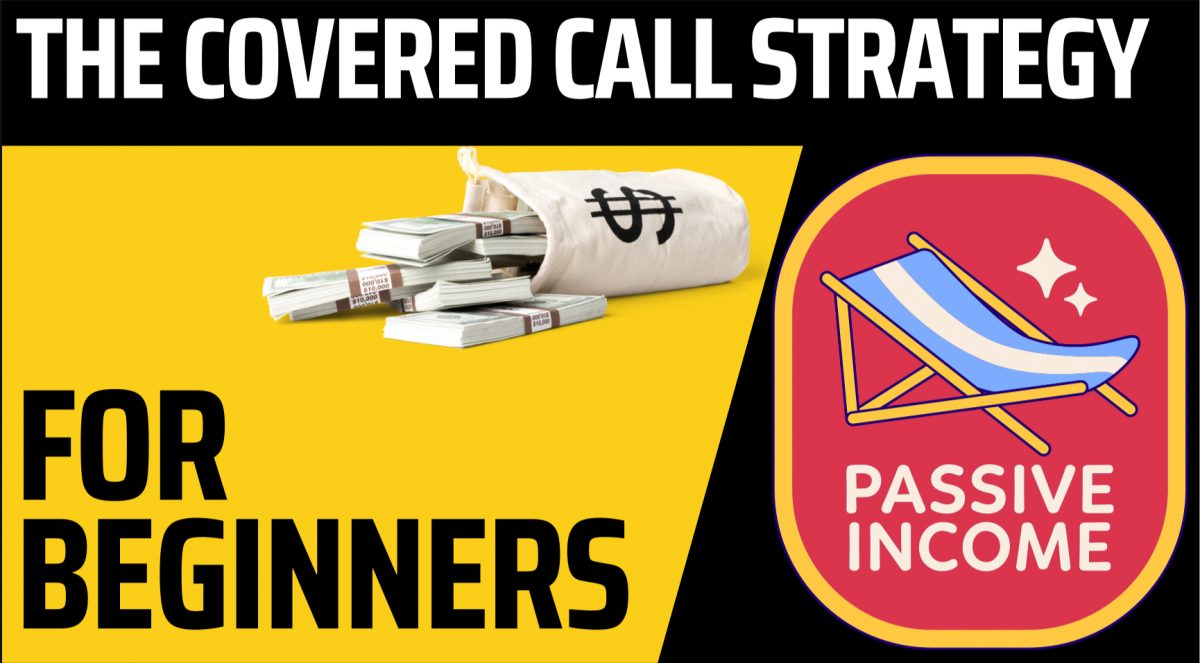Have you ever wished to enhance your portfolio income while managing potential risk? If so, you might want to explore the covered call strategy. An intricate, yet not-too-complex method that’s well within the reach of most investors. Let’s delve into the mechanics of this strategy, its potential benefits, and risks, and walk you through a hypothetical example to cement your understanding.
What is a Covered Call Strategy?
At its core, a covered call strategy is an options strategy where an investor holds a long position in an asset (typically a stock) and sells call options on that same asset to generate income. This is achieved through the collection of premiums, which are payments received by the seller of the option. For this reason, this strategy is often used when the investor has a neutral view on the asset – expecting minor price movement in either direction.
The Mechanics of Covered Calls
Think of a call option as a contract between two parties. The buyer of the call option has the right, but not the obligation, to buy an asset at a specified price (the strike price) within a specific period. On the other hand, the seller of the call option is obliged to sell the asset at the strike price if the buyer chooses to exercise the option.
In a covered call strategy, you, as the investor, sell call options against the assets (stocks, in most cases) that you already own. This “covers” you because you won’t have to purchase the stock at a potentially higher market price to deliver it if the option is exercised. Your risk is “capped” to the potential profit you could have made if the stock price goes up significantly.
Potential Benefits and Risks
The primary benefit of the covered call strategy is generating income through the premiums collected from selling the call options. This income can help cushion potential downsides if the stock price decreases and can also provide additional returns if the stock price remains stable or slightly increases.
However, like all strategies, there are risks associated with the covered call strategy. The most notable is the opportunity cost if the stock’s price significantly increases. In this case, you’d miss out on potential profits because you’re obliged to sell the stock at the strike price, which would be lower than the current market price. Therefore, it’s essential to be careful when selecting the strike price of the options you’re selling.
A Hypothetical Example
Now, let’s look at a hypothetical example to see how this strategy might work in practice. Imagine you own 100 shares of company XYZ, currently trading at $50 per share. You believe that XYZ will stay around the same price for the next couple of months and decide to employ a covered call strategy to generate additional income.
You decide to sell one call option contract (equivalent to 100 shares) of XYZ with a strike price of $55, which expires in a month. The premium for this option is $2 per share. You receive $200 for selling this option ($2/share * 100 shares = $200), which you get to keep no matter what happens next.
Let’s consider three possible scenarios:
1. XYZ’s stock price stays at $50: The call option you sold will be worthless as the buyer has no incentive to buy shares at $55 when they’re available in the market for $50. You keep the shares and the $200 premium, which amounts to a 4% return ($200/$5000) for the month.
2. XYZ’s stock price drops to $45: Although the value of your shares decreases by $500 ($5/share * 100 shares = $500), the premium received offsets some of this loss. Therefore, your net loss would be $300 ($500 – $200), instead of a $500 loss if you just owned the stock without selling a covered call.
3. XYZ’s stock price increases to $60: The buyer will exercise the option, buying your shares for $55. You make a $5 per share profit from selling your shares, in addition to the $2 per share received as premium, giving you a total profit of $700 (($5/share + $2/share) * 100 shares = $700). But you miss out on the additional profit you could have made if you just held onto the stock ($1000 instead of $700).
As we’ve demonstrated, the covered call strategy can be a great way to generate additional income on your stocks, especially if you believe the stock price will remain fairly stable. However, it does cap your upside potential and might not be ideal if you expect substantial price appreciation. Therefore, like any investment strategy, it’s crucial to understand your risk tolerance and investment objectives before implementing the covered call strategy.




